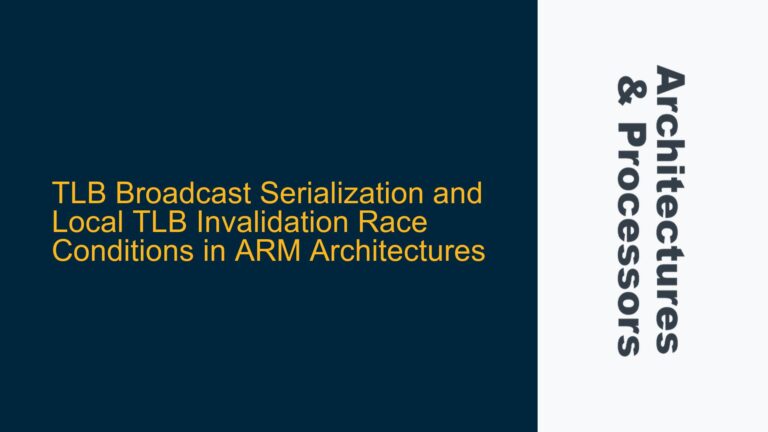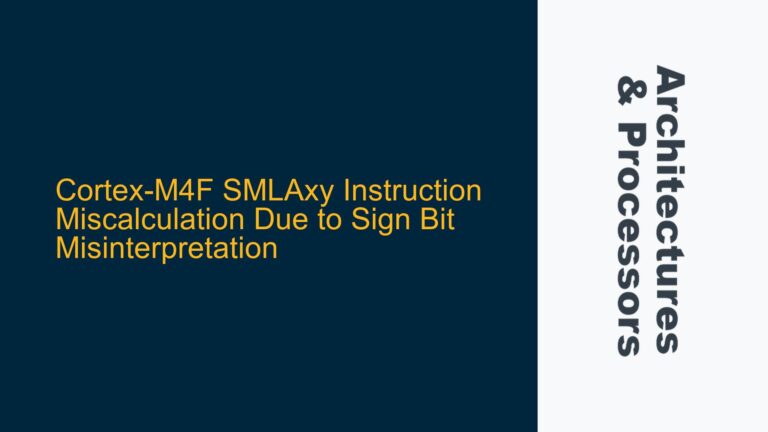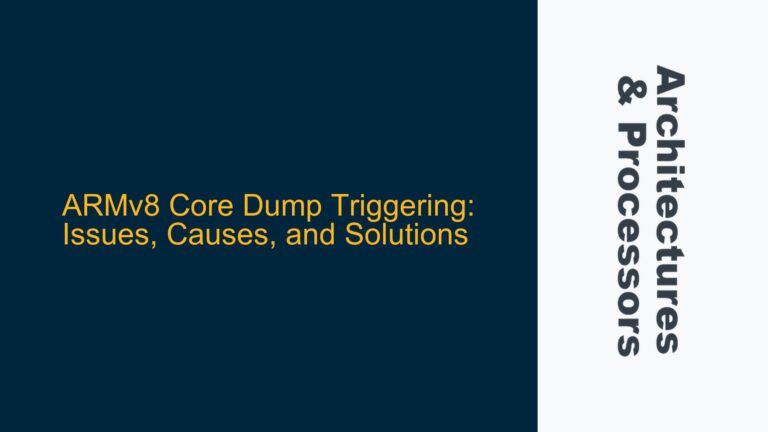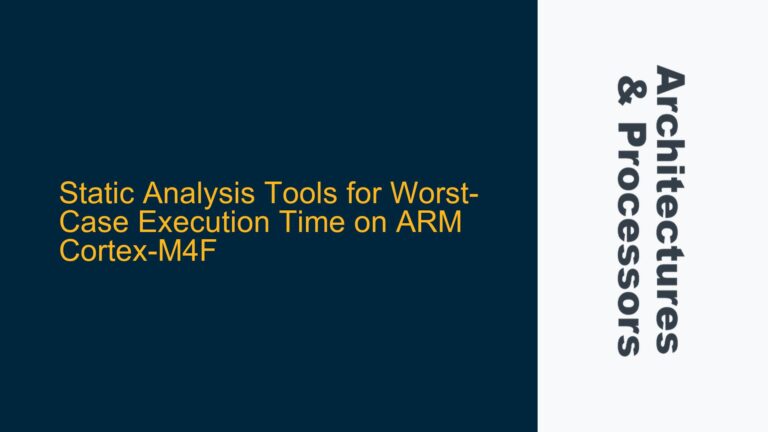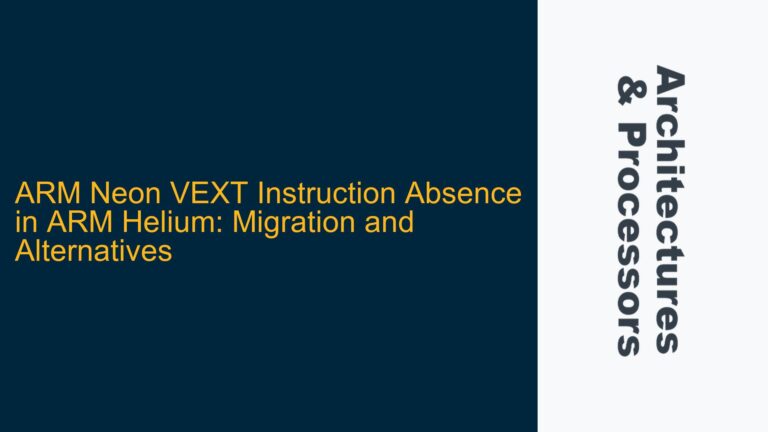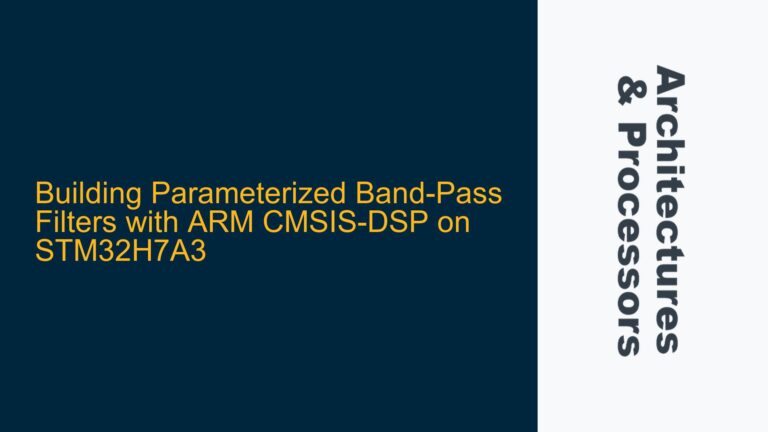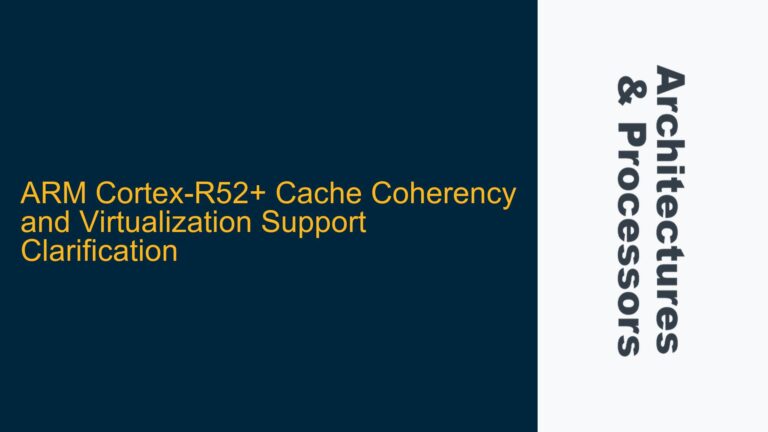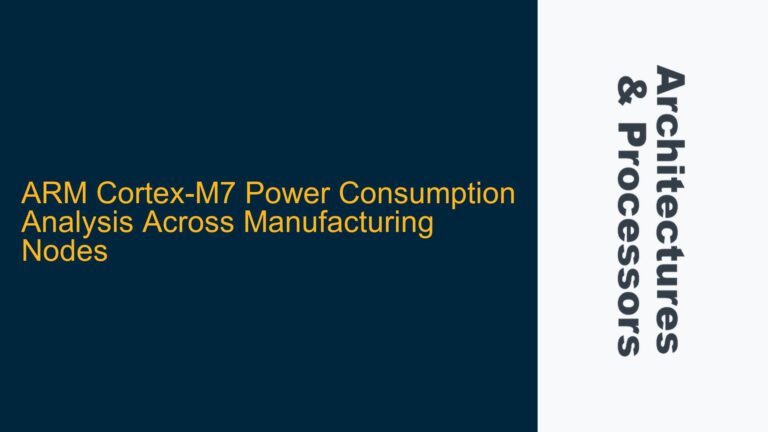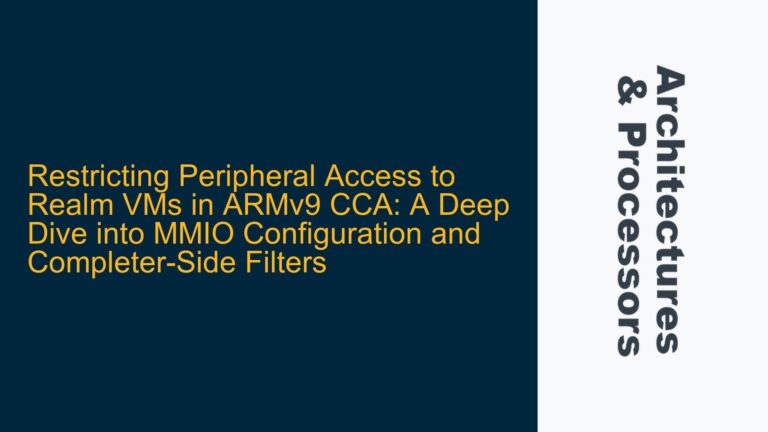TLB Broadcast Serialization and Local TLB Invalidation Race Conditions in ARM Architectures
ARM Cortex TLB Invalidation: Broadcast vs. Local Operation Serialization In ARM architectures, the Translation Lookaside Buffer (TLB) is a critical component for virtual-to-physical address translation. The TLB caches recently used translations to reduce latency in memory access. However, maintaining TLB coherency across multiple cores or masters in a system is a complex task, especially when…
